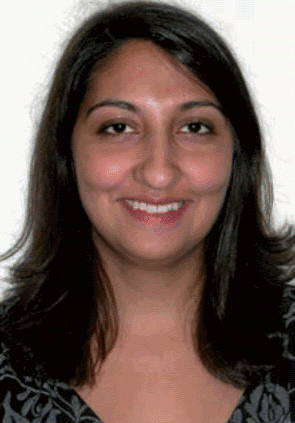The GDTF also selects 12 to 18 people to sit on the guidelines panel. The group generally consists of those GDTF members who have clinical or methodological expertise on the topic chosen in addition to experts from external organizations, said Ms. Haidari.
Explore This Issue
November 2008We try to determine who would be best to sit on the panel-for example, whether it’s emergency medicine doctors, chiropractors, or physical therapists, added Ms. Haidari. We try to have a balance of otolaryngologists and other specialties on the panel.
For cerumen impaction, examples of groups contacted by the AAO-HNS include the American Academy of Pediatrics and the American Geriatrics Society, noted Stephen Wetmore, MD, MBA, Romeo and Maria Lim Professor and Chair of the Department of Otolaryngology at the West Virginia University School of Medicine in Morgantown. In addition to otolaryngologists, pediatricians, and geriatric specialists, panel members included family practice doctors and internal medicine doctors, as well as an audiologist and a nurse, he said.
The type of practitioners involved ultimately depends upon the topic, said Dr. Smith. The group is always multidisciplinary, he said, adding that the document is best constructed with many different views on management.
Timeline
To keep the process moving, the chair ensures that the guidelines panel adheres to a timeline. Developing a manuscript takes about one year from the time of topic selection to the time of publication, said Dr. Smith. So it is a tightly scheduled process that requires a lot of focus, he said. During this time, the panel has two face-to-face weekend meetings, in addition to a minimum of three to five conference calls.
Literature Search
During the research phase of development, the panel conducts a thorough and systematic literature search and an entire body of evidence is assembled, said Dr. Smith. We have a very methodical process that has been carefully developed so that the best evidence is identified and the most up-to-date information is in the guidelines, he said.
The AAO-HNS is refining its process of literature review, noted Ms. Haidari, but the organization currently uses systematic review software. The panel also discusses what databases to search and what key words to use, she added.
Clinical evidence can range from systematic reviews and randomized trials to case series, said Dr. Rosenfeld.
When not much useful information is written about a particular topic, the organization relies on expert opinion and develops a consensus statement rather than practice guidelines, noted Dr. Smith.
 We try to determine who would be best to sit on the panel-for example, whether it’s emergency medicine doctors, chiropractors, or physical therapists. We try to have a balance of otolaryngologists and other specialties on the panel.
We try to determine who would be best to sit on the panel-for example, whether it’s emergency medicine doctors, chiropractors, or physical therapists. We try to have a balance of otolaryngologists and other specialties on the panel.-Jenissa Haidari, MPH
The Writing Process
Once literature is compiled and the evidence is reviewed, the panel defines the disease in a precise way and then decides what related topics to include or exclude in the document, said Dr. Rosenfeld. Members develop a palette of ideas regarding improvements in quality of care and outcomes and then narrow down these ideas down to eight to 12 focal points, he explained.
Leave a Reply